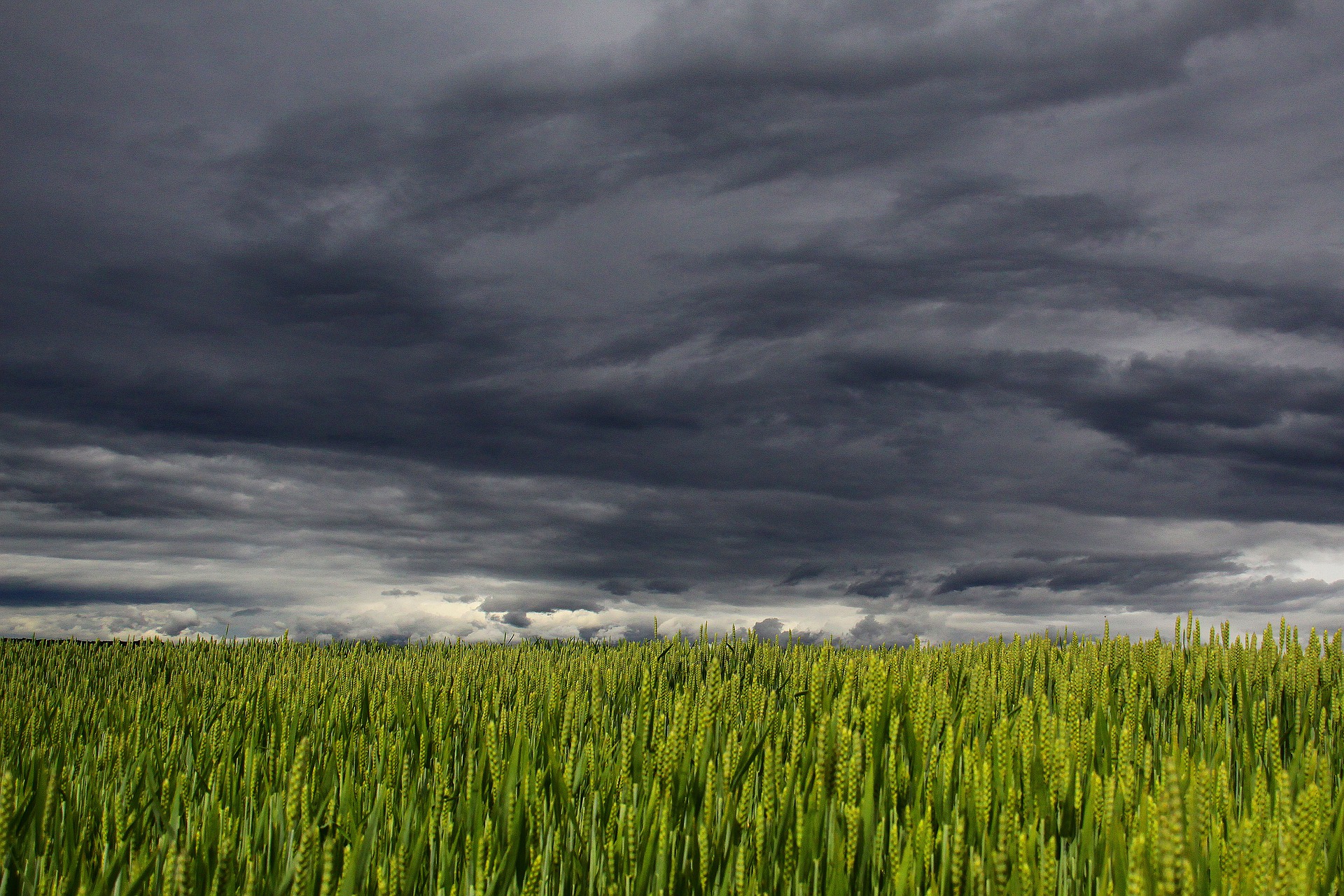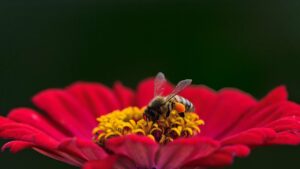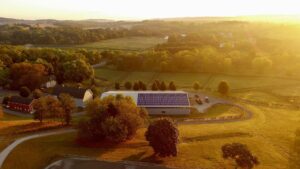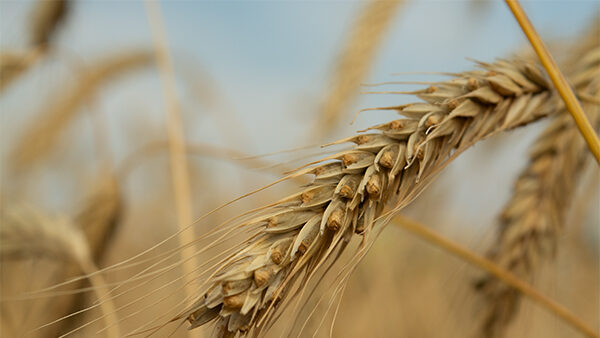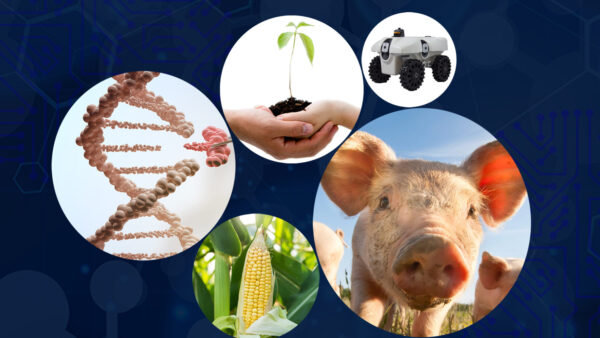Photosynthesis has played a role in plants for millions of years, turning water, carbon dioxide and energy from the sun into plant biomass. But this process is not as efficient as it seems, with the potential for the plant to reject up to 70% of solar energy absorbed.
University of California, Riverside and the University of Delaware scientists have discovered a method to bypass biological photosynthesis and produce food without sunlight through artificial photosynthesis.
The research team employed a two-step electrocatalytic process to turn carbon dioxide, electricity and water to acetate. Then, food-processing organisms absorbed acetate in the dark.
“Using solar panels to generate the electricity to power the electrocatalysis, this hybrid organic-inorganic system could increase the conversion efficiency of sunlight into food by up to 18 times more efficient for some foods,” shared a release from UC Riverside.
“With our approach we sought to identify a new way of producing food that could break through the limits normally imposed by biological photosynthesis,” said Robert Jinkerson, UC Riverside assistant professor of chemical and environmental engineering.
The experiments proved food-producing organisms can develop in the dark with an acetate-rick electrolyzer output with green algae, yeast and fungal mycelium, which produce mushrooms. The production of algae in this fashion is four-fold more energy efficient than if grown photosynthetically. Yeast production was found to be nearly 18-fold more energy efficient than when it is normally cultivated with sugar extracted from corn, shared the release.
“We were able to grow food-producing organisms without any contributions from biological photosynthesis. Typically, these organisms are cultivated on sugars derived from plants or inputs derived from petroleum — which is a product of biological photosynthesis that took place millions of years ago. This technology is a more efficient method of turning solar energy into food, as compared to food production that relies on biological photosynthesis,” said Elizabeth Hann, co-lead author of the study and a doctoral candidate in the Jinkerson Lab.
Scientists also investigated the potential for this technology to grow crop plants. Cowpea, tomato, tobacco, rice, canola and green pea were successful.
“We found that a wide range of crops could take the acetate we provided and build it into the major molecular building blocks an organism needs to grow and thrive. With some breeding and engineering that we are currently working on we might be able to grow crops with acetate as an extra energy source to boost crop yields,” said Marcus Harland-Dunaway, co-lead author of the study and a doctoral candidate in the Jinkerson Lab.
Researchers believe artificial synthesis offers countless possibilities for growing food with the continuous challenges presented by climate change, weather, reduced land availability and more.
Read More About Photosynthesis:
Ancient Enzymes Rise from the Dead to Improve Photosynthesis
Over 60 Million Euros for Research on More Efficient Photosynthesis
Cassava Breeding Hasn’t Improved Photosynthesis or Yield Potential


